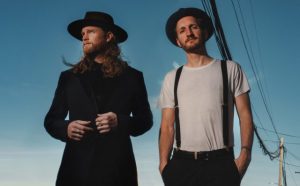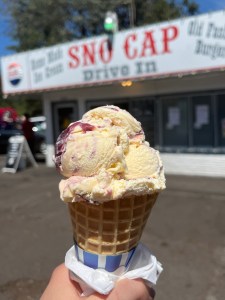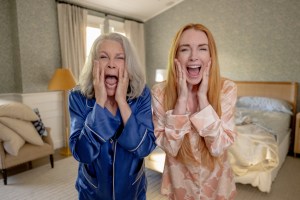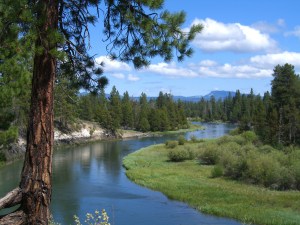Steve Miller Band returns to Les Schwab
Published 12:00 am Saturday, August 18, 2018
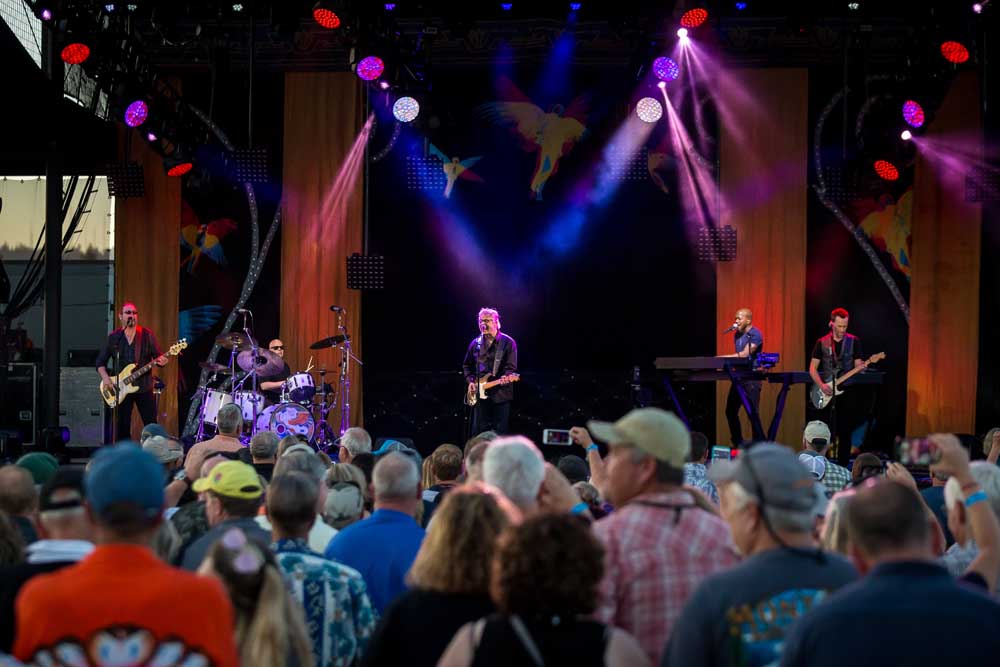
- Steve Miller, shown above and below, performs at Les Schwab Amphitheater on Aug. 4, 2017. He is returning with Peter Frampton to Bend to perform on Tuesday.(Photos courtesy of Les Schwab Amphitheater)
In 1976, at the height of his band’s popularity, blues-rock guitarist and songwriter Steve Miller bought a ranch in southwest Oregon.
He owned the 420-acre property — which was placed in the National Register of Historic Places in 2015 — until 1986, according to a July 2015 article in The Oregonian. Though he continued to work extensively with the Steve Miller Band, at least early on, during this period, scoring a Billboard No. 1 hit with “Abracadabra” in 1982, he began spending more and more time at the property as the ’80s rolled on and the band slowed its touring. And he wasn’t just living in Williams — the ranch was a full-fledged farm with, according to Miller, “150 cows and 100 chickens and 100 ducks on a big lake and 11 horses, dogs, cats and goats.”
Trending
“I was just sort of doing little projects here and there — I did some projects with Les Paul (Miller’s godfather) — but I wasn’t really touring actively,” Miller said recently from Santa Barbara, California, on a day off from his co-headlining tour with Peter Frampton, which returns to Les Schwab Amphitheater on Tuesday.
“I thought at that time that my career was over because we’d just been playing football stadiums and had sold millions and millions of records. And then it was all new wave and Johnny Rotten, and radio stations were all changing,” Miller said. “The whole culture of the country changed, and that was the way things normally had worked forever — it was like, OK, you had your run and you’re done; here comes the next batch of kids with their kind of stuff.”
Meanwhile, a new radio format known as classic rock was on the rise — and Steve Miller Band’s hits such as “The Joker” and “Fly Like an Eagle” turned out to be perfect candidates for airplay.
“While I was out in the ’80s on my farm, they were testing my music, and unbeknownst to me and without any effort on my part, I tested so highly on their tests that I was made a core of the new classic rock radio playlist,” he said. “In other words, if you were gonna do classic rock music, you had to play the Steve Miller Band and you had to play a lot of it, and it was because certain age groups listened to that music and really responded to it, I guess. It just — it took a life of its own, and then that’s what really brought me back in the ’90s.”
Miller went from selling out small theaters on his first major tour back to playing 20,000-seat sheds the next time he toured, he said. That success on the so-called nostalgia circuit continues to this day, despite the band having released no new music since 2011’s covers album “Let Your Hair Down.”
Much of that success comes from the ubiquity of the Steve Miller Band’s hits, which have shown up everywhere from samples in Run-DMC and Shaggy songs, to a memorable appearance of “The Joker” in “The Simpsons” in the early ’90s (sung by Homer, naturally).
Trending
“Now the music’s in movies, it’s on television, it’s in cartoons, it’s in documentaries, it’s all this stuff,” Miller said. “I’m sitting here and I’m gonna come to your town and I’m gonna sell out the stadium — the place we’re gonna play — and I’m gonna play a bunch of tunes that I wrote and recorded 50, 40 years ago, and that’s really different. It’s a different kind of longevity — just a combination of media and the new concerts.”
There’s also the internet, which has led to a generation of music fans who can stream practically any song on any electronic device at their fingertips. Miller said the changes remind him of the work his band had to do in the late ’60s to get played on radio and TV.
“We were considered, like, communists or something by AM radio — I’m serious,” Miller said. “NBC didn’t want us on their television shows, CBS, ABC, they didn’t want us. And then finally, OK, they started doing a rock show, ‘The Midnight Special’ that came on at midnight. And back in the day, nobody watched television at midnight — there were only three channels. All of this stuff was kind of revolutionary, and it really changed everything, and I think we’re going through another phase like that now. Just with the technology, it makes it so easy.”
This year, the Steve Miller Band is celebrating the 50th anniversary of its first two albums, 1968’s “Children of the Future” and “Sailor.” The band’s sound was more psychedelic back then, influenced by the San Francisco scene that Miller relocated to from Chicago in the ’60s.
In those early years, the band would frequently record in London as opposed to Los Angeles (“It was more advanced, it was hipper, the engineers were smarter, the sound was better — everything was better,” Miller said). For the band’s third album, “Brave New World,” Miller worked with producer Glyn Johns, who at the time also was working with The Beatles. Miller, a huge Beatles fan, ended up collaborating with Paul McCartney on the song “My Dark Hour” after John Lennon and Ringo Starr didn’t show up for a session, Miller said.
“I borrowed Lennon’s Epiphone and started playing — we just jammed,” Miller said. “We’re jamming out in the room, George (Harrison) took off. And Paul is a great, great rock ’n’ roll drummer, he’s really, really, really great. So he’s playing drums and I’m showing him this riff that later became the riff on — I was showing him a tune called ‘My Dark Hour,’ but it later became the riff on ‘Fly Like an Eagle.’ And I’m showing him this stuff, he’s playing drums and he says, ‘That’s great.’ Glyn goes, ‘Well let’s cut a track.’ So Paul plays bass. I play second guitar. We go in and we sing the background vocals, and pretty soon seven hours had gone by and we’ve done a tune and we’re pals.”
Miller and Frampton first met in the ’60s as well. The two guitarists toured together throughout the ’70s, but lost touch. They reunited sometime in the 2000s — Miller said he thinks it may have been 2005 — and played a few gigs together, which led to last year’s team-up tour and this year’s reprise.
“There’s not any kind of ego involved in anything, so we’re all working together to create this really great show,” Miller said. “When it was over (last summer), I just said, ‘Man, we should do more of these. This is the way I’d love to work with another band. I wish all bands were like this; I wish all tours were like this.’”
— Reporter: 541-617-7814, bmcelhiney@bendbulletin.com


